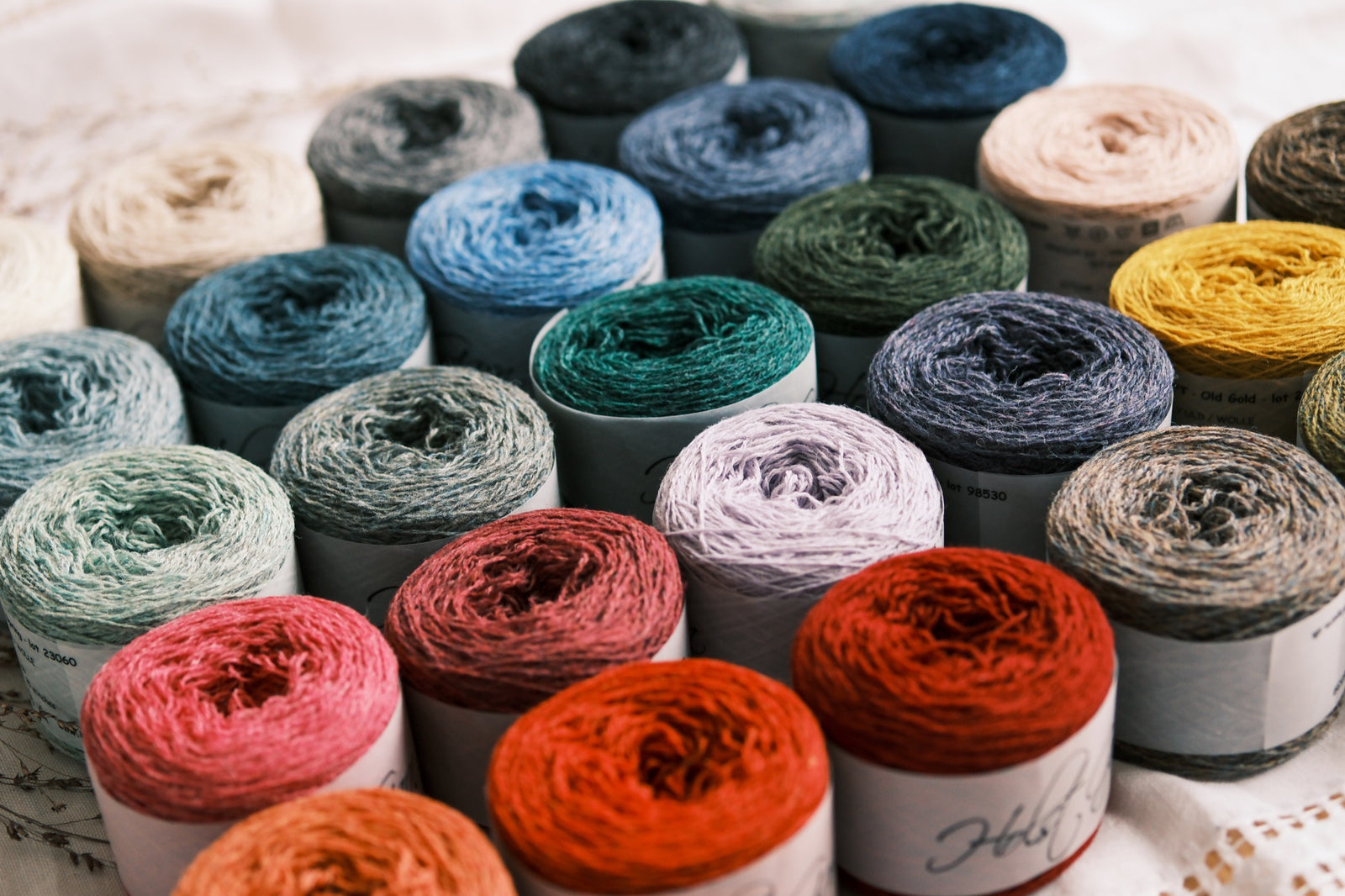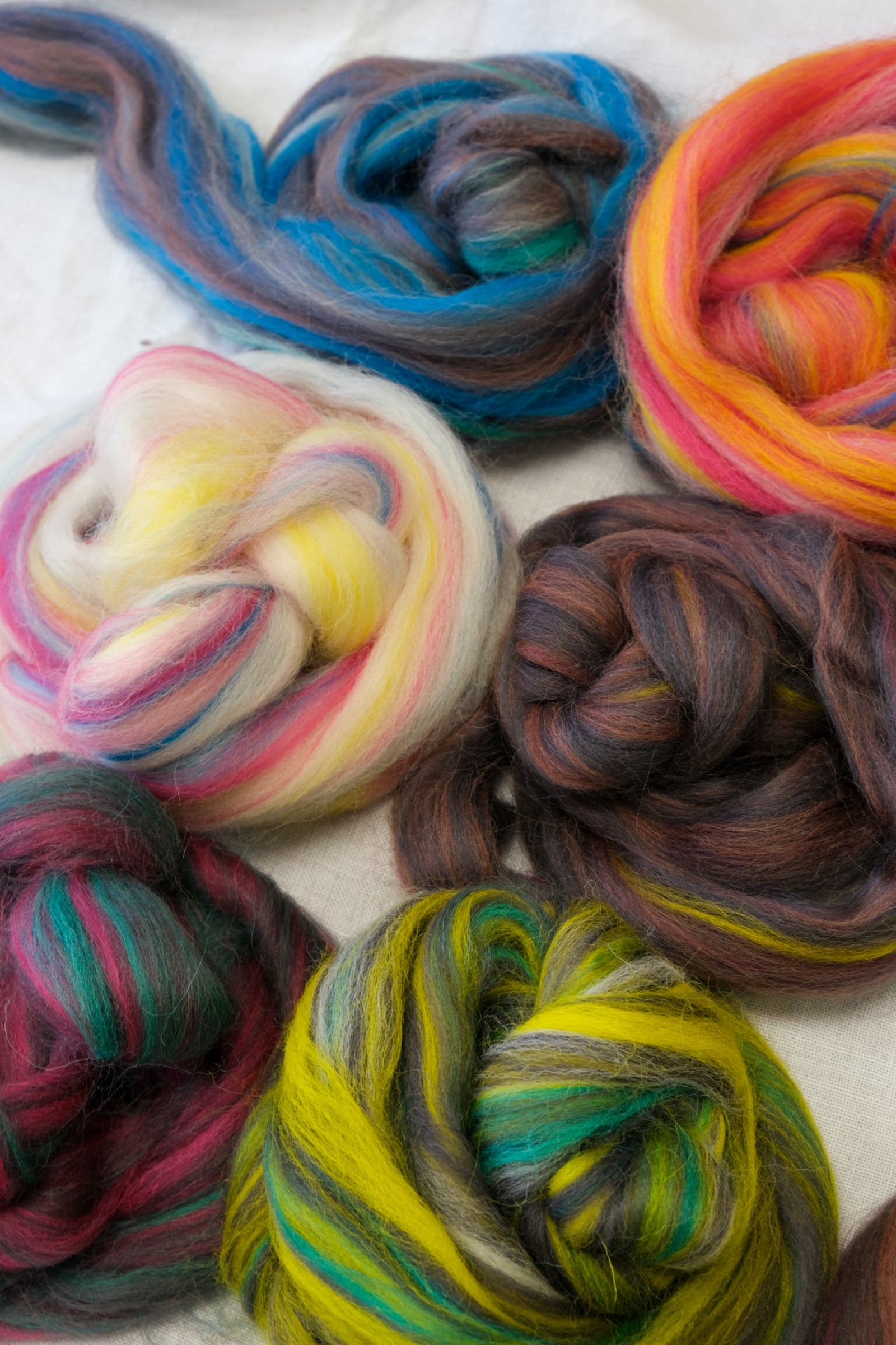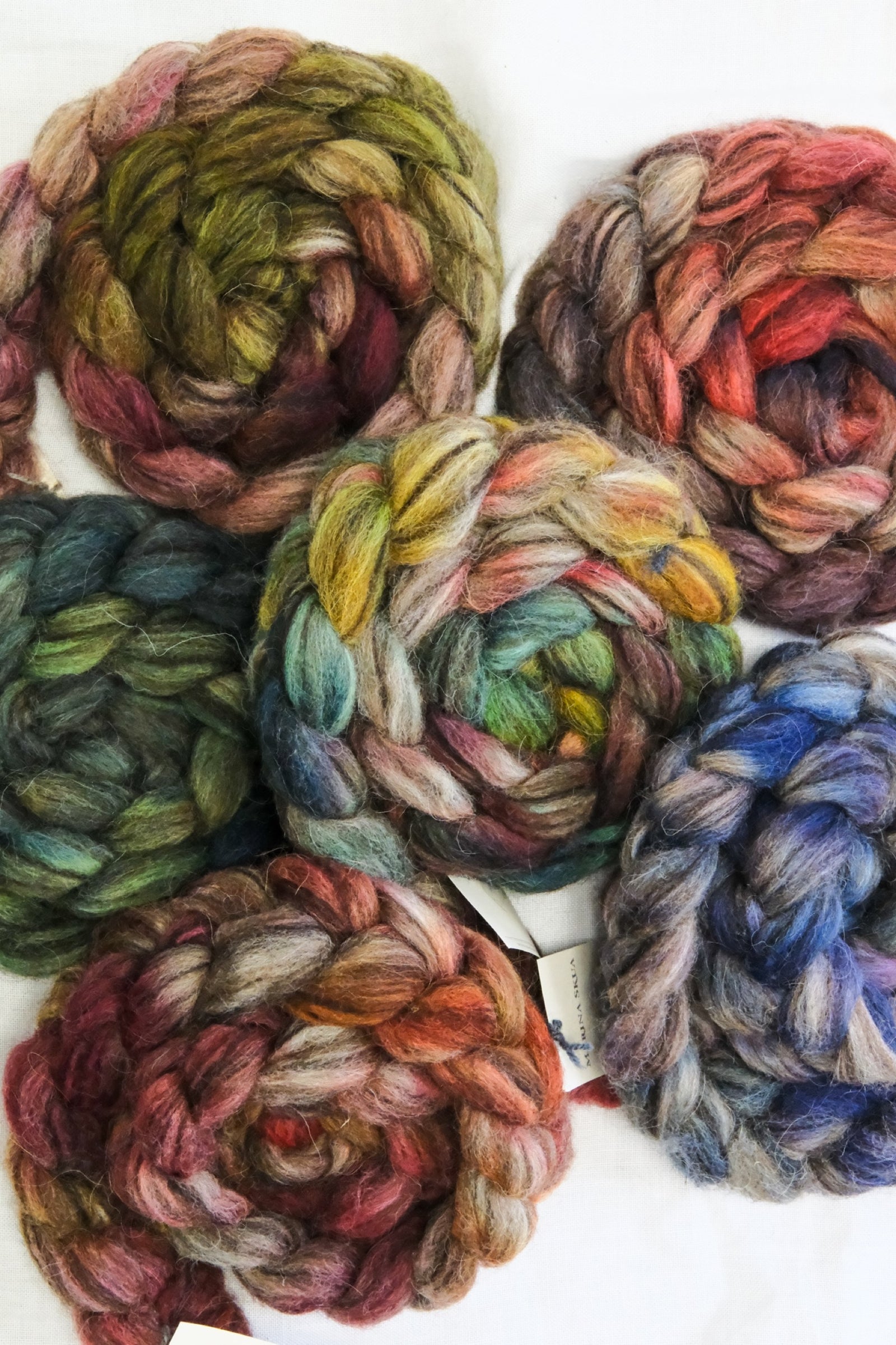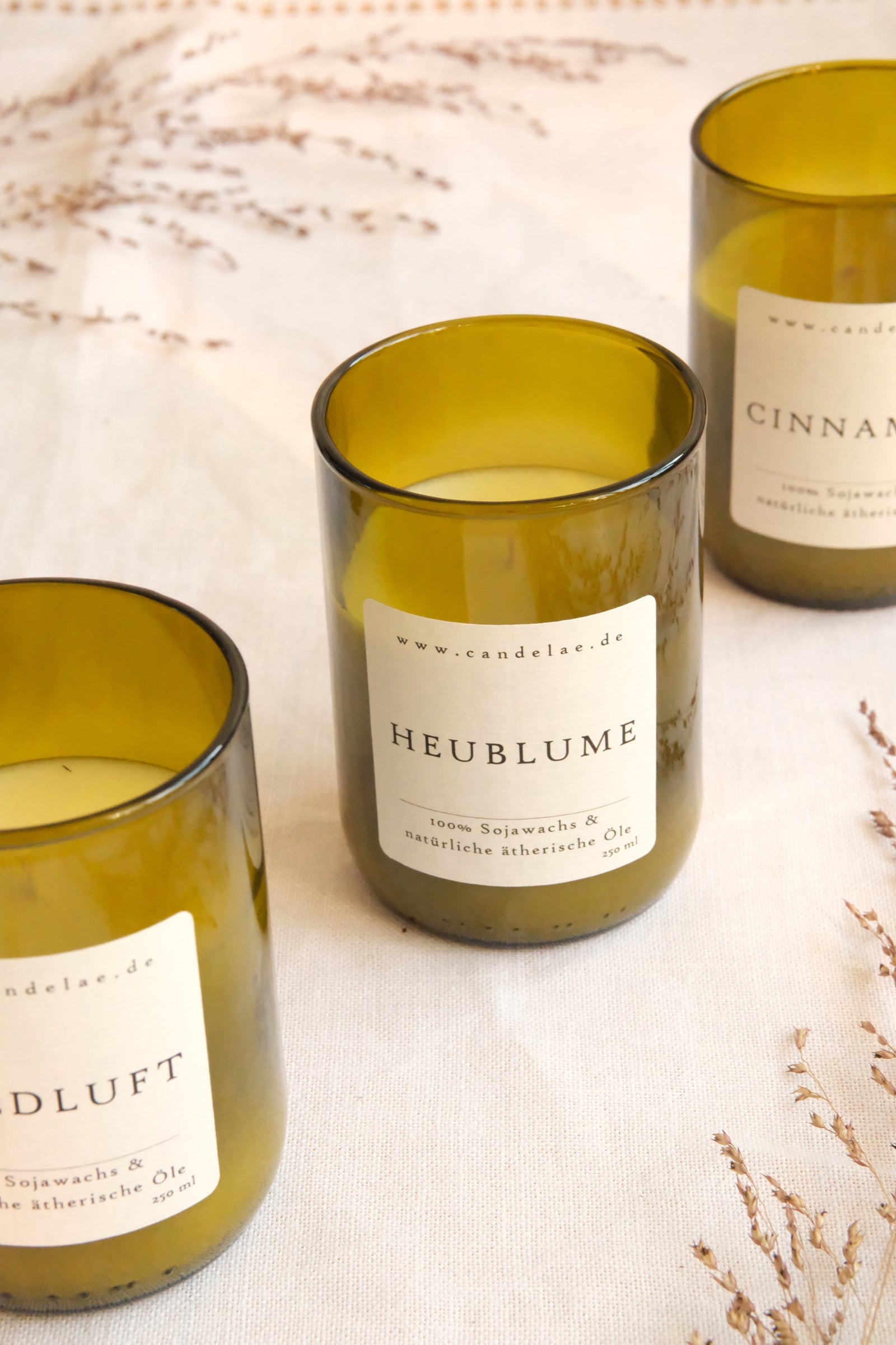Your Cart is Empty
BOGO ("Buy One, Get One") Sale on all Magazines, Books & E-Books while I'm on vacation - July 19 to August 4! | Shipping will resume on August 5.
BOGO ("Buy One, Get One") Sale on all Magazines, Books & E-Books while I'm on vacation - July 19 to August 4! | Shipping will resume on August 5.
Spinning Fiber
Notions & Gifts
Books, Magazines & Patterns
- Annika Scheer | Rosemary & Pines Fiber Arts
- Ayano Tanaka
- Barbara Gottwik
- Crystal Hiatt
- Elena Solier Jansà
- Emily Joy Rickard
- Emma Ducher
- Fiona Alice
- Fiona Munro
- Imke von Nathusius
- Jenn Lampen
- Jennifer Brou
- Jill Thompson Beach
- Joan Forgione | Paper Moon Knits
- Julia Exner
- Kjerstin Rovetta
- Ksenia Naidyon | Life is Cozy
- Madeleine Renarde
- Makenzie Alvarez
- Making Stories
- Maria Muscarella
- Marina Skua
- Marthe Forodden
- Rebekka Mauser
- Renate Kamm
- Susan Schädler
- Tania Dejoie
- Valentina Cosciani
- Vanessa Pellisa
- Annika Scheer | Rosemary & Pines Fiber Arts
- Ayano Tanaka
- Barbara Gottwik
- Crystal Hiatt
- Elena Solier Jansà
- Emily Joy Rickard
- Emma Ducher
- Fiona Alice
- Fiona Munro
- Imke von Nathusius
- Jenn Lampen
- Jennifer Brou
- Jill Thompson Beach
- Joan Forgione | Paper Moon Knits
- Julia Exner
- Kjerstin Rovetta
- Ksenia Naidyon | Life is Cozy
- Madeleine Renarde
- Makenzie Alvarez
- Making Stories
- Maria Muscarella
- Marina Skua
- Marthe Forodden
- Rebekka Mauser
- Renate Kamm
- Susan Schädler
- Tania Dejoie
- Valentina Cosciani
- Vanessa Pellisa

Preorder Issue 12 – Art Nouveau
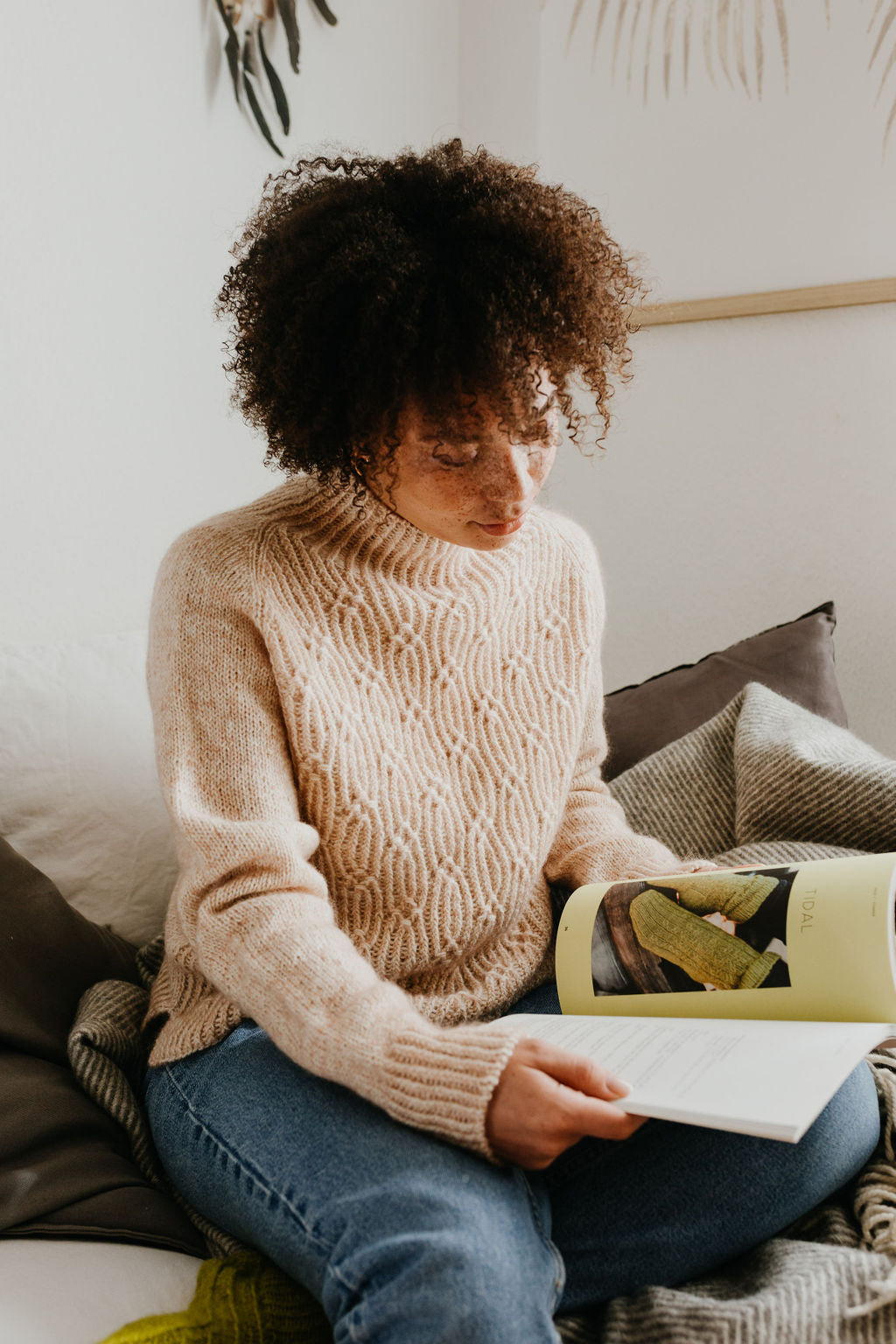
All Books & Magazines
About Us
We're here to help you stitch sustainability into every aspect of your making.
With our carefully curated selection of non-superwash, plastic-free yarns and notions, we have everything you need to get started on your next project - and the one after that.
Here's to a wardrobe of knits we love and want to wear for years to come!
We're here to help you stitch sustainability into every aspect of your making.
With our carefully curated selection of non-superwash, plastic-free yarns and notions, we have everything you need to get started on your next project - and the one after that.
Here's to a wardrobe of knits we love and want to wear for years to come!
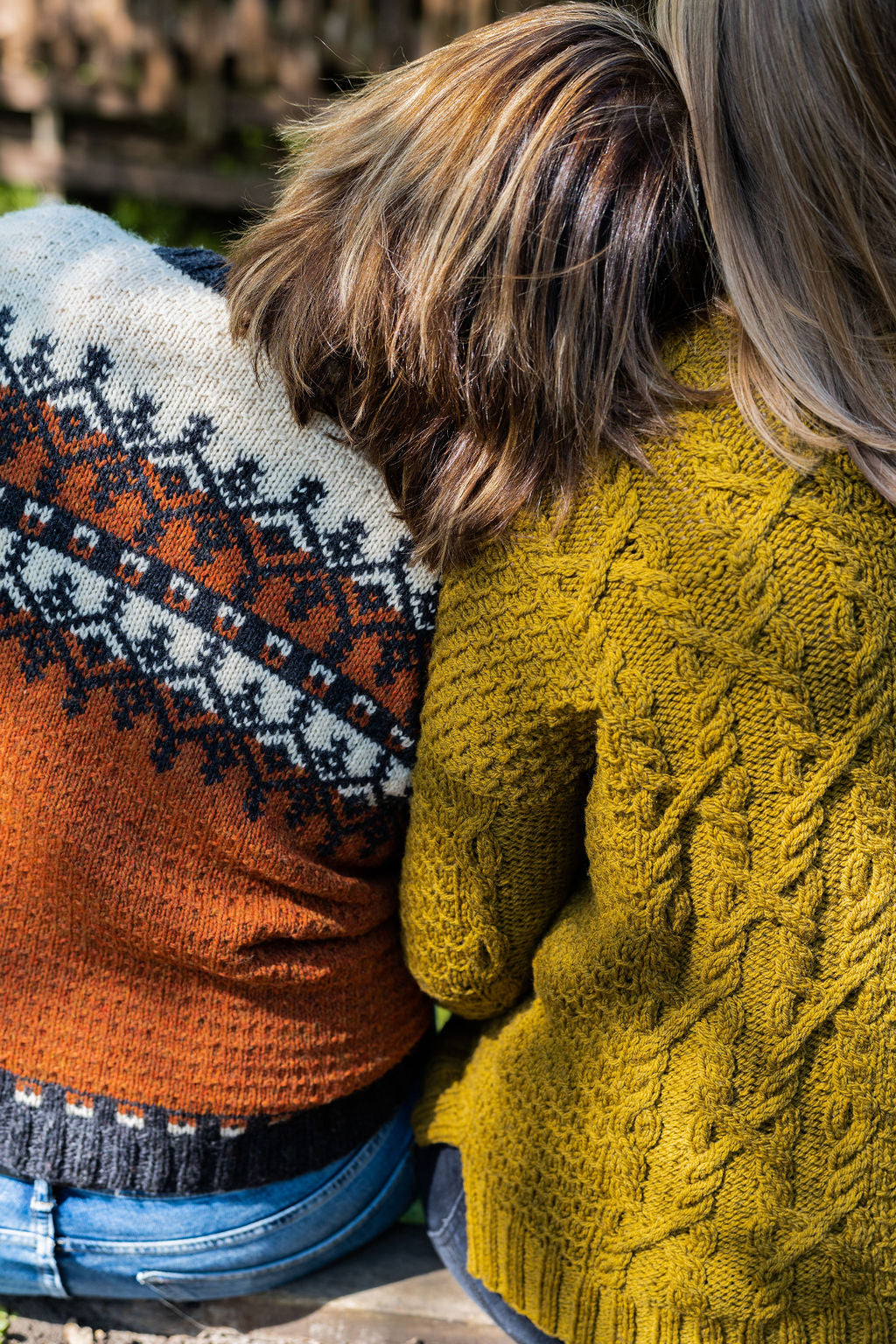
Our Sustainability Pledge

Our Blog
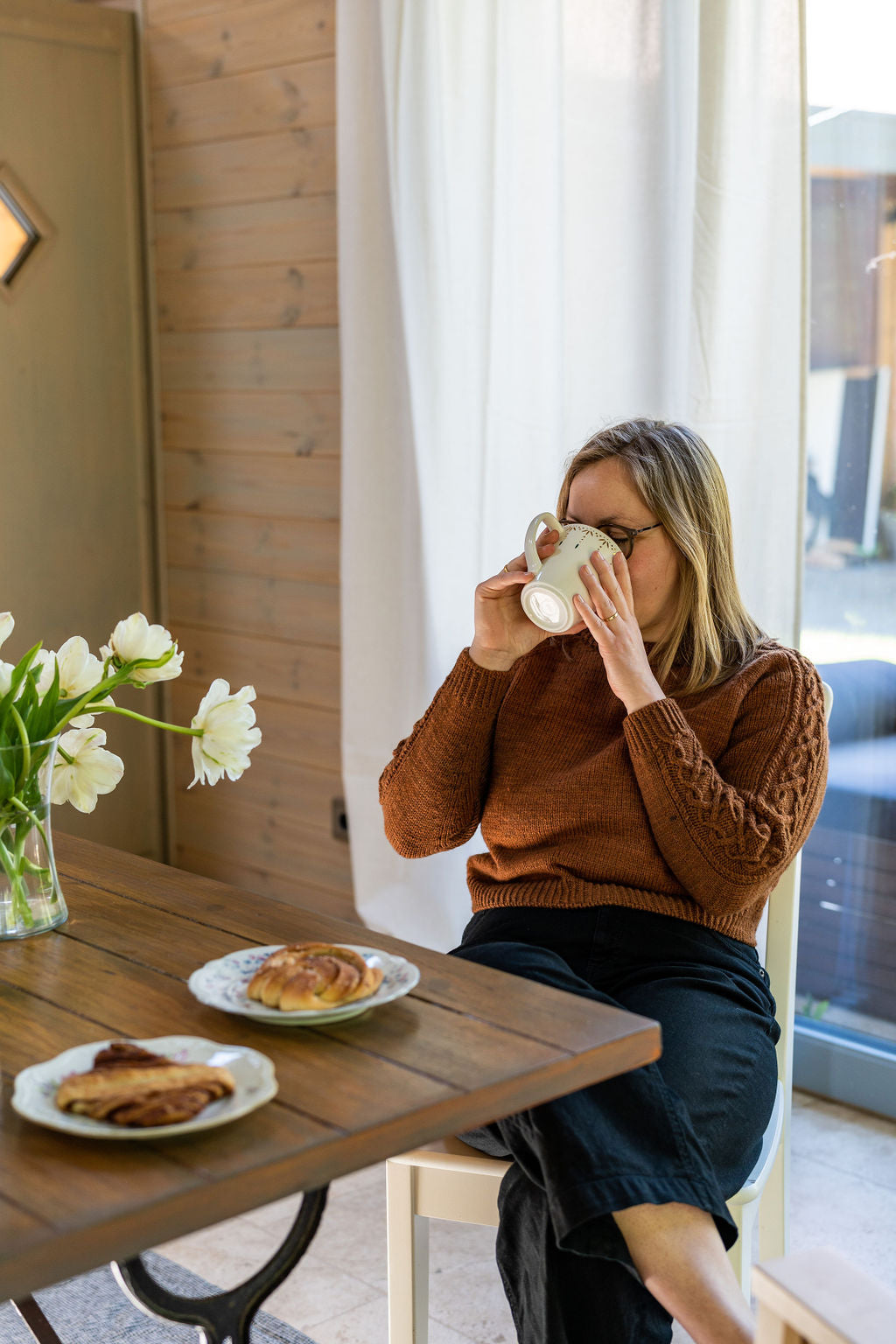
Our Podcast
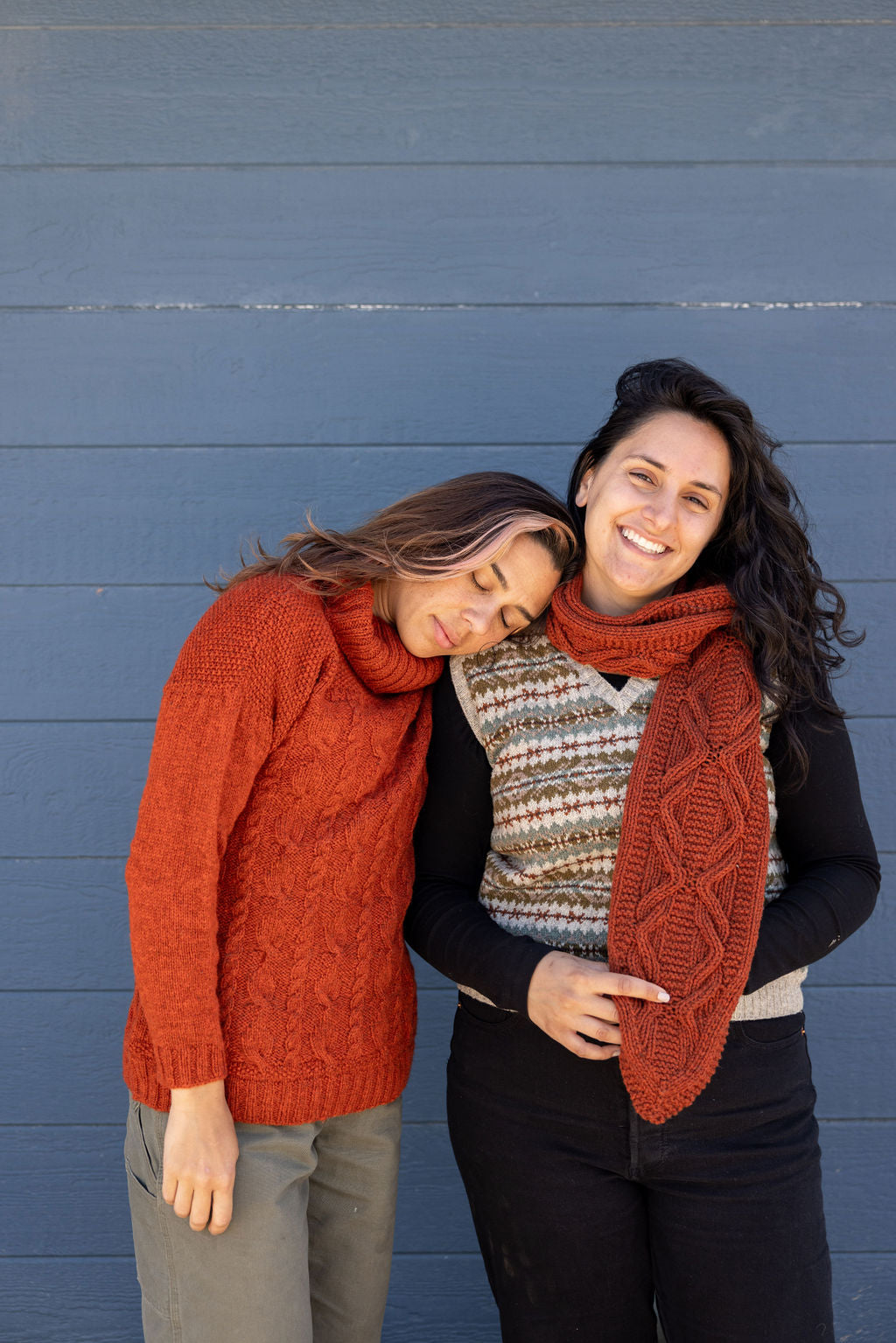
The Making Stories Collective
How To Knit With Natural Sock Yarn
September 29, 2022 5 min read
In just two days it's officially Socktober! Are you as excited as we are? As we were getting ready for this joyous time of year, I came across a post I had written back in July 2019 when we were running our Summer Sock KAL; Our Love For Natural Sock Yarn (And How To Care For It!).
Over the years, our love of socks and natural sock yarn has continued to grow, so I thought this was the perfect time to update that original blog post and talk about why we love natural sock yarn!
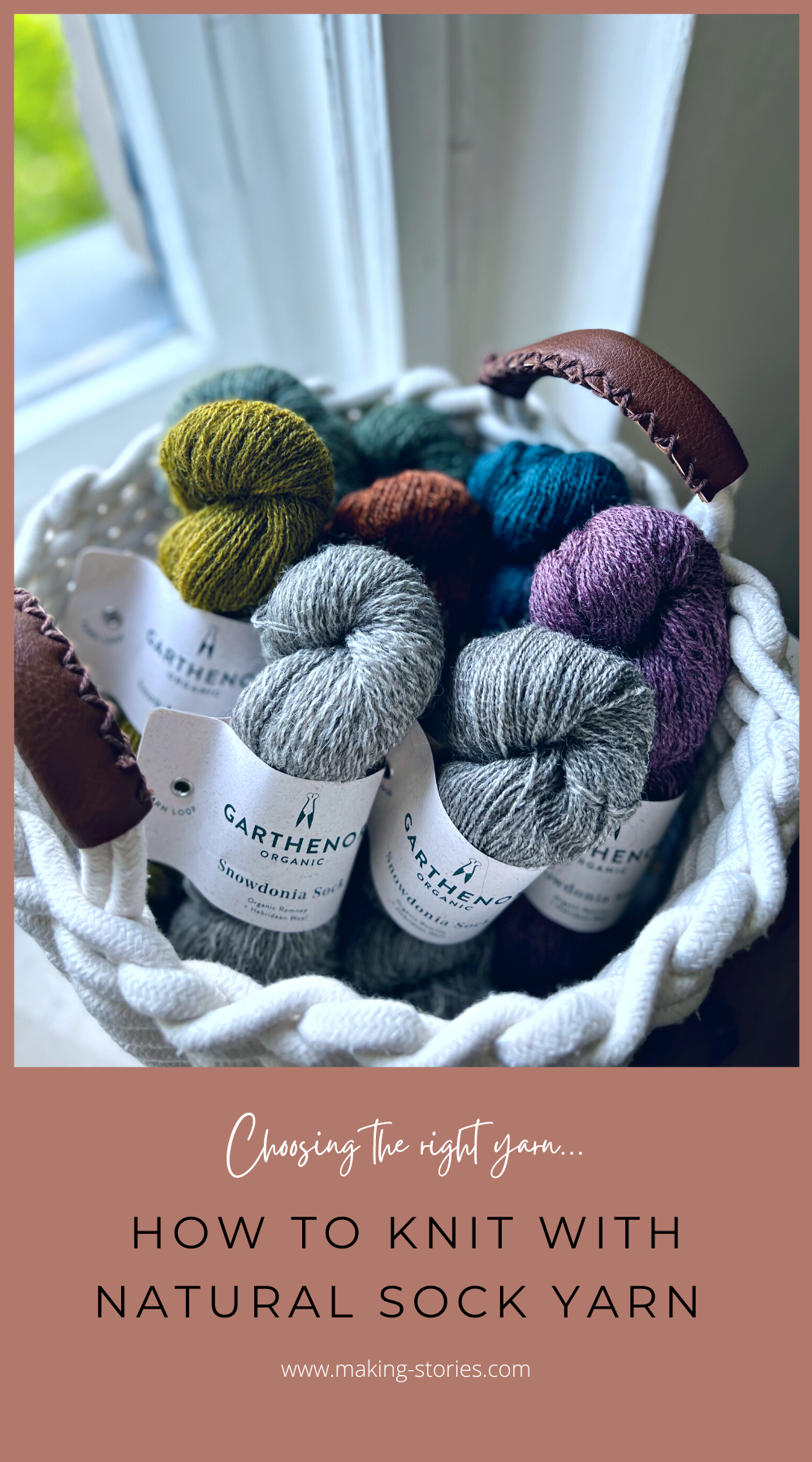
When we say 'natural sock yarn', we simply mean yarn that is plastic free and non-superwash. When it comes to choosing a sock yarn, it's become the norm for knitters to reach for a superwash blend with nylon added for strength, and I can see why. Firstly, the convenience of being able to pop your socks in the washing machine is a huge bonus, and secondly, we know the addition of nylon gives strength to yarn and will make your socks more hard-wearing and less likely to get holes (though this isn't a guarantee!). And if that is your favourite yarn for sock knitting, I'm not going to tell you you're wrong, because, at the end of the day, you do you! But some drawbacks come with using superwash yarns that outweigh the convenience, especially if we are considering how sustainable our new cast-on is. Let's take a look!
The Superwash Process
We have written extensively about superwash yarns and why they are not always the most sustainable choice, so if you missed those articles check out 'Why Is Superwash Yarn Not Sustainable', 'Are There Sustainable Superwash Options' and 'Superwash & Non-Superwash - The Indie Dyer Perspective With Karida Collins Of Neighbourhood Fiber Co.'
But the short version is this; 75% of superwash yarns use the Chlorine-Hercosett process which uses harsh chemicals to burn off the scales found on the surface of wool (these are what make it felt!) and then coats it in a polyamide-epichlorohydrin resin, a type of plastic which is why you'll also find superwash yarn described as 'plastic-coated'. Over time, this plastic coating will wear off as you wash your yarn, depositing microplastics into the water systems. The same problem is created by having nylon in the yarn too. So what's the alternative? You can explore more sustainable superwash options (see 'Are There Sustainable Superwash Options', or you can try knitting with a natural sock yarn.
Feeling a little apprehensive? I get it! You want to make sure you make a pair of socks that are going to stand the test of time, and a 100% wool yarn makes you a little nervous. Let's take a look at some of the ways yarn producers are creating natural yarns specifically with socks in mind!
What Makes A Great Natural Sock Yarn
The Fibre:
Socks have traditionally been knit out of wool, and there's a good reason for that. Hardwearing, temperature regulating, and moisture-wicking, it's no wonder it has always been the fibre of choice for socks. It's also very elastic, which is so essential for both a comfortable fit and for retaining shape after wearing. To create a stronger sock yarn, we are now seeing spinners and yarn companies adding natural alternatives to nylon to strengthen such as mohair and silk. They also tend you use a wool breed with a long staple which adds to the strength of the yarn. If you'd like to learn more about the different characteristics of yarn, check out 'Exploring Fibre: Wool'. (https://making-stories.com/blogs/blog/2020-6-9-what-is-breed-specific-yarn)
The Twist:
You will often hear people talking about how much twist a yarn will have. This simply refers to how tightly a yarn is spun, and it can affect the strength of a thread; the tighter the spin, the stronger the yarn. Natural sock yarns will often have a high twist for this reason!
Over the years, we have discovered a plethora of gorgeous natural sock yarns, and we're so happy to be carrying a selection in our webshop. If you'd like to check them out, click the button below!
_____
While choosing the right yarn for your project is super important, there are still things we can do to make sure we're going to end up with hardwearing socks that will last years to come. Let's look at things to consider when working with natural sock yarns.
The Gauge:
There's a reason sock needles are always so tiny. A tighter gauge will give you longer-lasting socks as there is less room for the stitches to move around. A looser gauge leads to the stitches rubbing against each other, causing friction and wear.
The Stitch Pattern:
The pattern you choose for your socks can have a significant impact on how long your socks last, particularly in the areas that take a lot of wear. There's a reason you never see fun lace details on heel flaps, they wouldn't last a week! Often you will see designers add slipped stitches to 'high-traffic' areas such as these to create a more durable fabric. They look pretty nice too!
Washing Your Socks
Hand washing your knitted socks is obviously not as easy as throwing them in the washing machine, but it is easy and not as time-consuming as people think. By investing in a good wool wash such as Euclan or Soak, all you need to do is give them a good soak, gently squeezing out any air bubbles and making sure they are completely submerged. Leave them for about an hour and lay flat to dry. The most important things to remember are to never have your water too hot and don't agitate your knitting, this will lead to felting, and never wring out your hand knits, or you'll be left with a misshapen sock. Roll them in a towel to take out any excess water.
Mending Your Socks
You've made socks that you love, and you never want to wear anything else! It doesn't matter that you've picked a durable wool yarn with a high twist and knit to a tight gauge with slipped stitches at the heel (phew!). At some point, you're going to discover some wear and tear. At one time, sock darning was not only a way of life but a necessity, which has, unfortunately, gone out of style. It's the perfect way to breathe new life into a well-loved item, and for some, it doesn't stop there. If you find mending a chore, check out Visible Creative Mending from Flora Collingwood-Norris. She turns woolly holes into works of art, and it's a great way to add your own creative spin to your mending!
What is your favourite sock yarn? Share in the comments below!
Leave a comment
Comments will be approved before showing up.
Also in Blog

Art Nouveau Sample Preview Video - Issue 12, Fall & Winter 2024
June 26, 2024 1 min read
Let’s wander the streets of Brussels and Paris, searching for the hidden architectural Art Nouveau gems – houses, doors, windows, street lamps. Let’s explore Berlin’s Jugendstil tile art, marvelling at the colors and shapes taking form. Let’s get lost in the work of water color artists, glass blowers, jewellers, embroidery artists, and myriads more, who dive into the shapes and curves of plants and flowers, moving, flowing, mirroring.
Read More
Issue 12 – Art Nouveau | Official Pattern Preview
June 26, 2024 15 min read
Hi lovelies! I am thrilled to dive into the gorgeous, intricate world of Art Nouveau with you in our Fall & Winter 2024 issue: Issue 12. Issue 12 holds 12 stunning, artful, wearable knitwear designs inspired by this unique time period as well as 3 essays and one poem that explore different facets of Art Nouveau.
Read More
What it means to be an indie knitting magazine
June 17, 2024 6 min read 2 Comments
We've seen dramatic changes in the knitting magazine landscape over the past 12 months: Pom Pom Quarterly ceased publication at the end of 2023, Laine sold the majority of their company to one of the biggest Finnish publishers, and Amirisu first pivoted to books, and now to an online-only media outlet. Multicraftual magazines that often included knitting patterns were equally as affected: Making pivoted to a combined app and monthly membership business model, and Taproot first changed to a preorder model, and then very abruptly closed their business (the website is offline, hence no link).
This has left us standing as one of the very, very few indie knitting magazines in the market.
Who Is Making Stories?
We're a delightfully tiny team dedicated to all things sustainability in knitting. With our online shop filled with responsibly produced yarns, notions and patterns we're here to help you create a wardrobe filled with knits you'll love and wear for years to come.
Are you part of the flock yet?
Sign up to our weekly newsletter to get the latest yarn news and pattern inspiration!

Join the Making Stories flock!
Every Tuesday our newsletter arrives in your inbox, full to the brim with Making Stories goodness. If you would like to join in on the fun, fill in the form below.
As a thank you, we gift you a digital publication of your choice!

